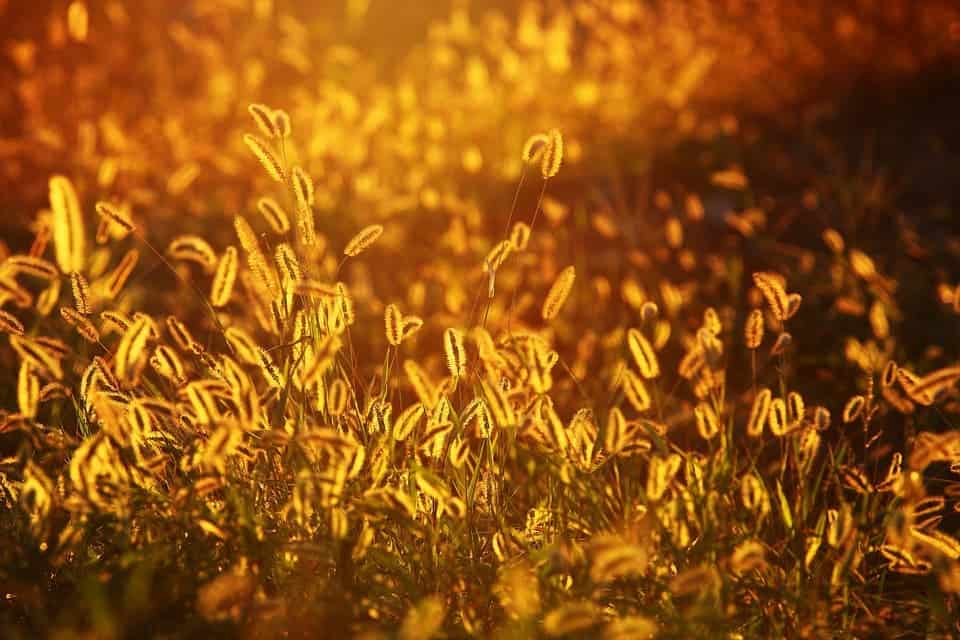Grasses don’t play evolution by the rules, a new study reports. Instead of putting in the time to evolve beneficial genes, they just steal them from neighbors.
New research at the Department of Animal and Plant Sciences at the University of Sheffield found that grasses engage in lateral gene transfer to acquire new, beneficial genes. The findings can help scientists reduce the risk of so-called “super-weeds” appearing — which form when wild plants take genes from GM (genetically-modified) crops to become resistant to herbicides.
Nice genes you got there
The findings suggest that wild grasses are basically genetically modifying themselves to gain a competitive advantage. This process stands in contrast to the theory of evolution as described by Charles Darwin, where natural selection affects which genes get passed from parent to offspring. It’s also, probably, a very lucrative deal for the grasses.
“Grasses are simply stealing genes and taking an evolutionary shortcut,” says lead author Dr Luke Dunning from the Department of Animal and Plant Sciences at the University of Sheffield.
“They are acting as a sponge, absorbing useful genetic information from their neighbours to out compete their relatives and survive in hostile habitats without putting in the millions of years it usually takes to evolve these adaptations.”
Grasses — including power-crops such as wheat, rice, or sugar cane — are some of the most economically and ecologically important plants on Earth. In a bid to understand their evolutionary journey, the team looked at the genome of Alloteropsis semialata, or black seed grass. This plant is spread quite widely across the planet, making a home in grasslands throughout Africa, Asia, and Australia.
A. semialata’s genome was then compared to that of approximately 150 other species of grasses, including rice, maize, millets, barley, and bamboo. Based on this comparison, the team identified several genes that the grass laterally acquired from distant relatives (they looked for DNA sequences that were similar between two or more grass species). Furthermore, they found evidence that this process happens on a local level — in other words, the grass takes genes from its ecosystem-mates.
“We also collected samples of Alloteropsis semialata from tropical and subtropical places in Asia, Africa, and Australia so that we could track down when and where the transfers happened,” said Dr Dunning.
“Counterfeiting genes is giving the grasses huge advantages and helping them to adapt to their surrounding environment and survive — and this research also shows that it is not just restricted to Alloteropsis semialata as we detected it in a wide range of other grass species”
The team points out that this process is essentially the same as the technology behind GMO crops. As such, they hope the findings will help “us as a society reconsider how we view GM technology.”
“Eventually, this research may also help us to understand how genes can escape from GM crops to wild species or other non-GM crops, and provide solutions to reduce the likelihood of this happening,” Dr Dunning adds. “The next step is to understand the biological mechanism behind this phenomenon and we will carry out further studies to answer this.”
The paper “Lateral transfers of large DNA fragments spread functional genes among grasses” has been published in the journal Proceedings of the National Academy of Sciences.











